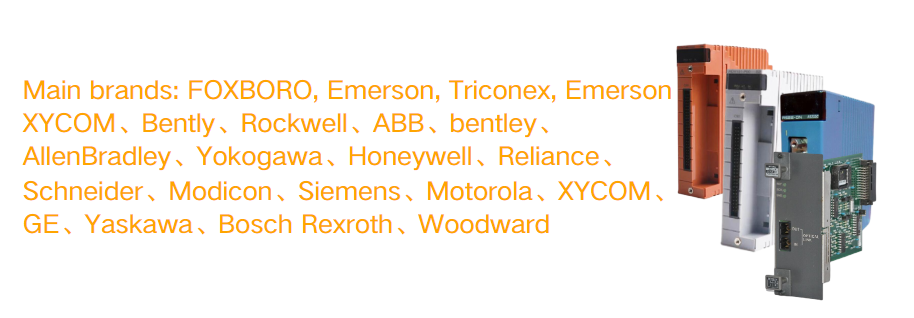Digital substations have significantly improved safety and reduced electrical hazards commonly found in traditional substations.
In traditional substations, using copper cables to transmit signals from the switch station to the control room poses potential safety risks, especially when connecting current and voltage transformers. Every copper wire has the potential to cause electric shock.
In digital substations, current and voltage transformers are replaced with LPIT (Low Power Transformer), providing higher safety and reliability. Unlike traditional transformers, LPIT does not have electrical signal output; Instead, the measured current and voltage are transmitted to a fully digital energy meter (digital energy meter).
One of the significant advantages of digital substations is the elimination of electrical connections between high-voltage equipment and protection and control systems. The reduction of electrical connection points minimizes the risk of manual contact current to the greatest extent possible. By reducing potential risks, digital substations can help lower labor costs associated with hazardous work environments.
image.png
Helps to connect the substation control room
Transforming into a micro data center
The substation control room will become a micro data center, which includes its own computers, storage, networks, power supply, cooling, and other infrastructure for a given workload. Digital substations are the driving force behind this transformation.
Micro data centers can help utility companies reduce costs and quickly expand or shrink their scale. The introduction of edge computing into the real world and closer to the data source enables the control room to support faster deployment and lower latency.
image.png
Support easier maintenance
The service life of relays, protective devices, and control equipment in the substation control room is usually between 10 and 15 years. Afterwards, the equipment should be upgraded. Digital substations make equipment upgrades and replacements faster and easier, and enable remote management. The downtime is greatly reduced, while also reducing the risk for maintenance personnel.
Reduce the hard connection of devices to the network, digitize maintenance documents, and make them easy to access.
The simple and open architecture of digital substations also makes future expansion easier, faster, and more economical.
Post time: Jul-30-2024
